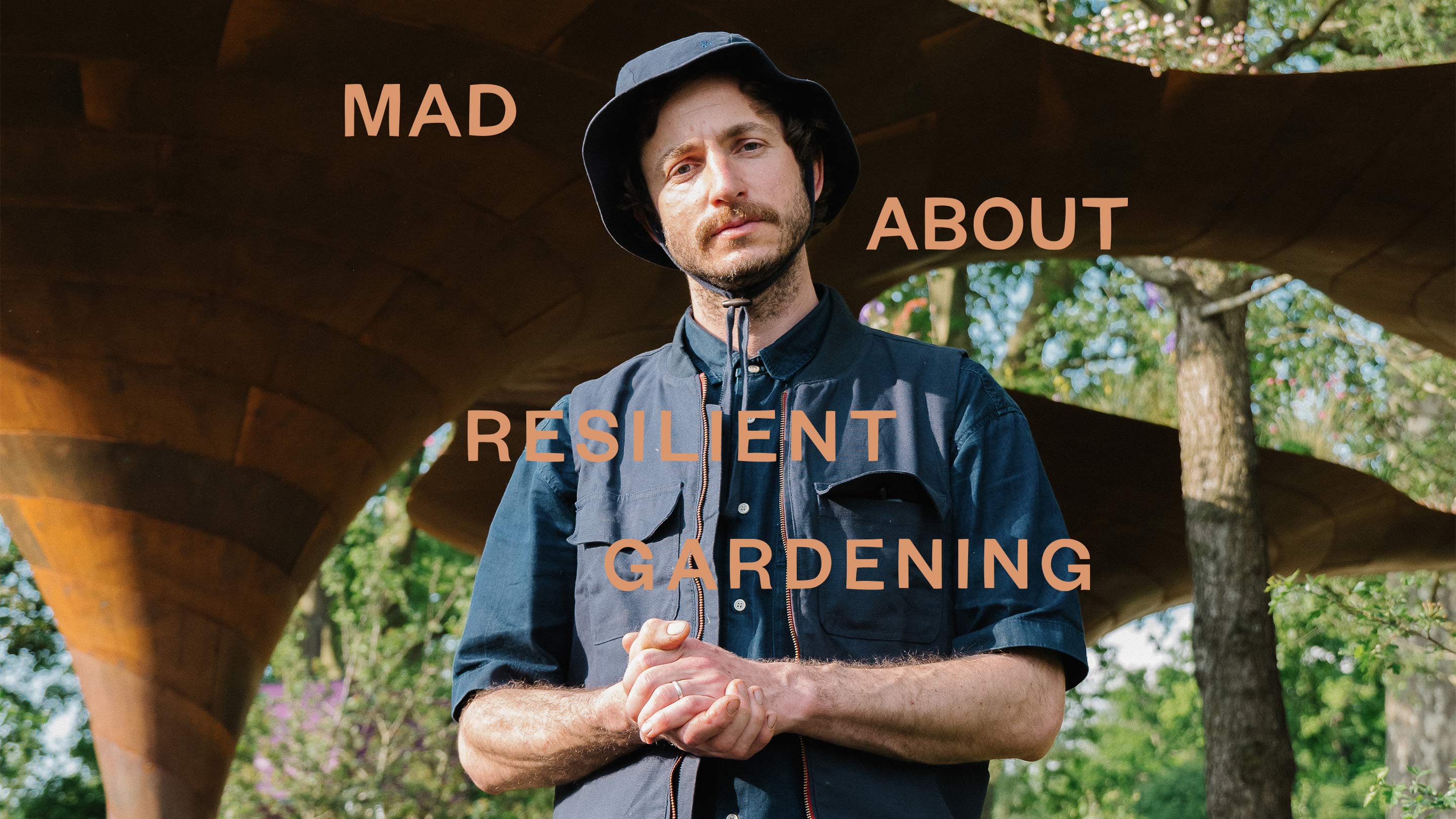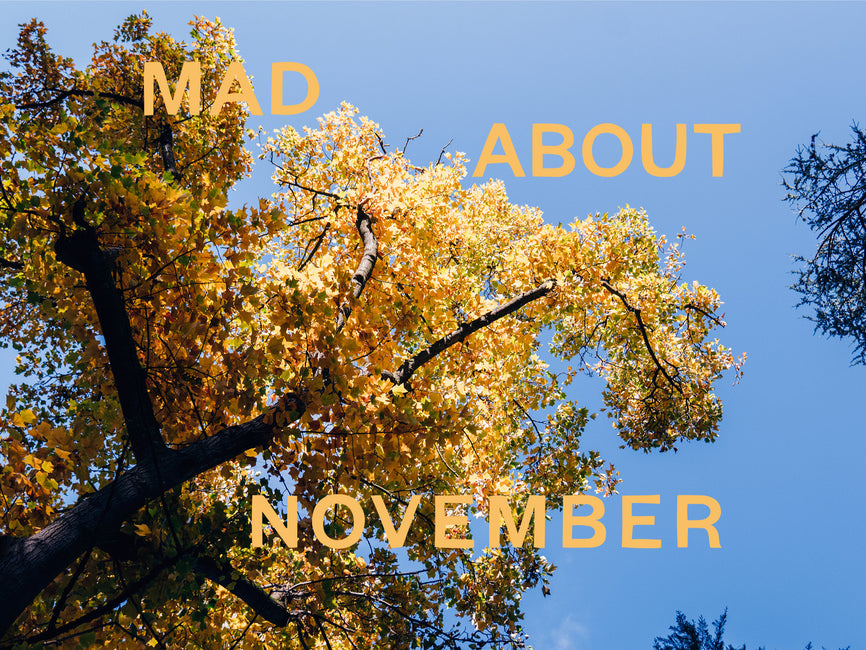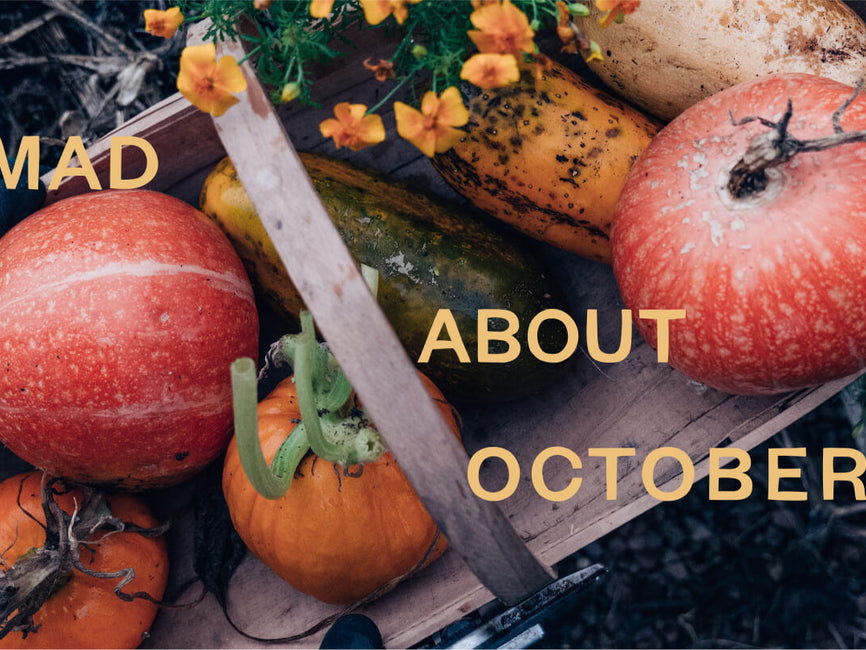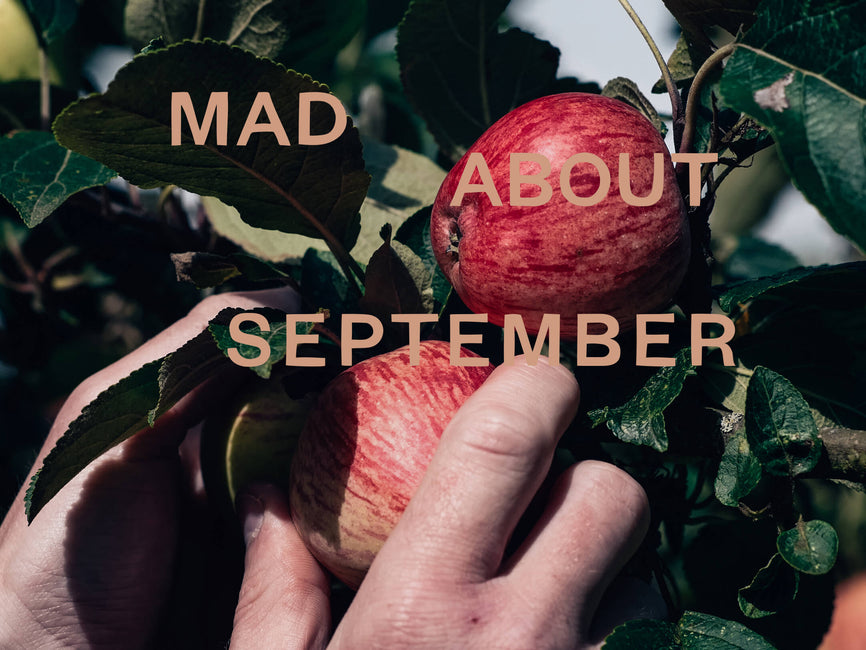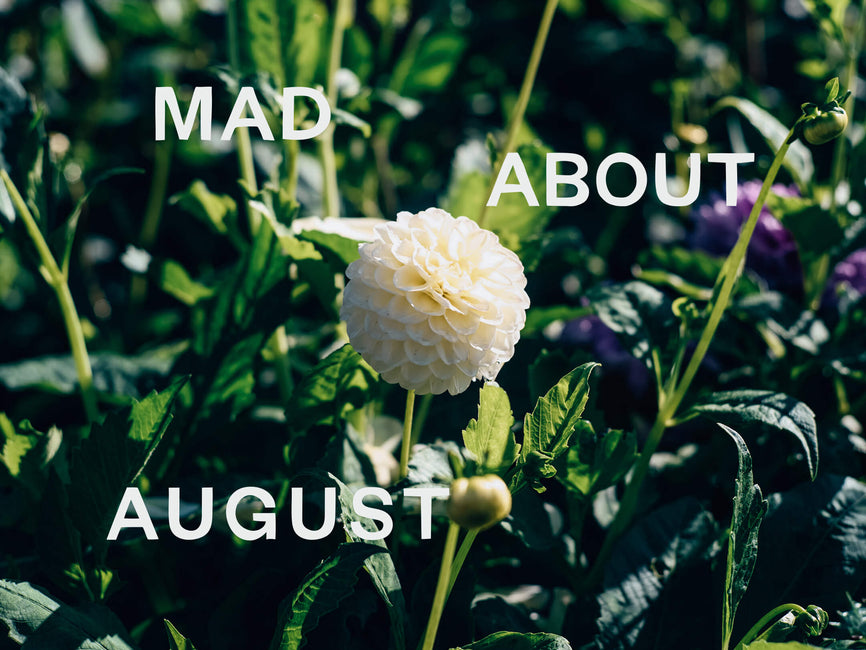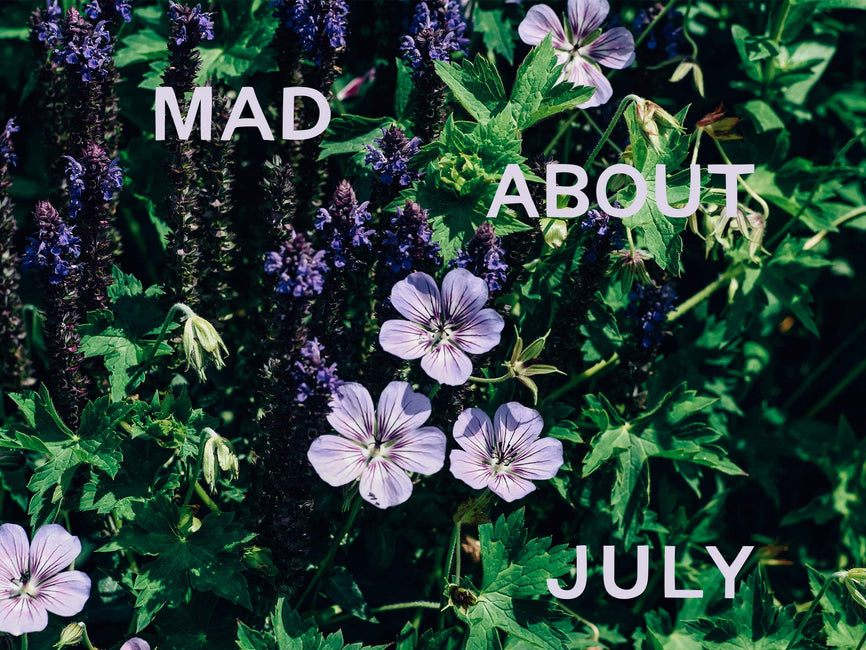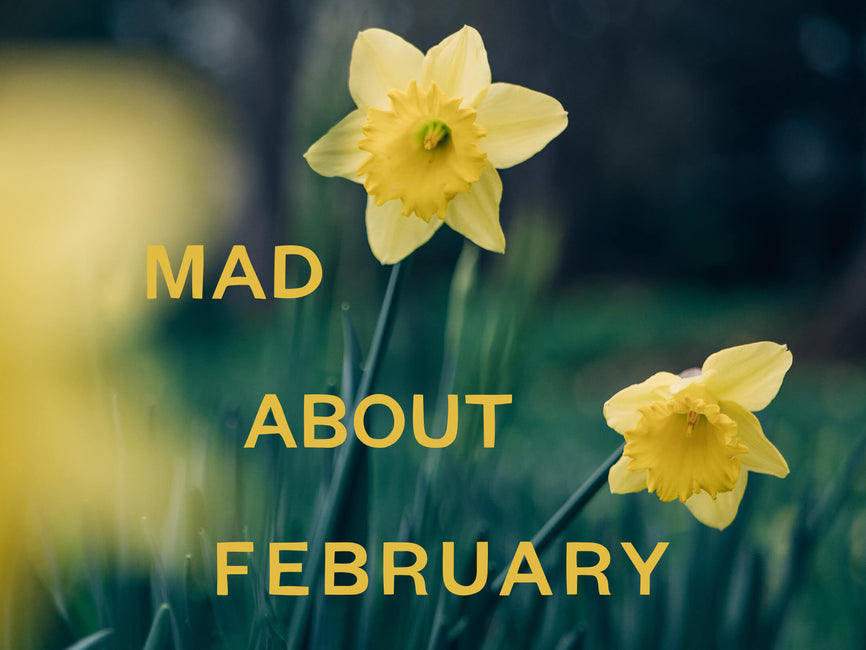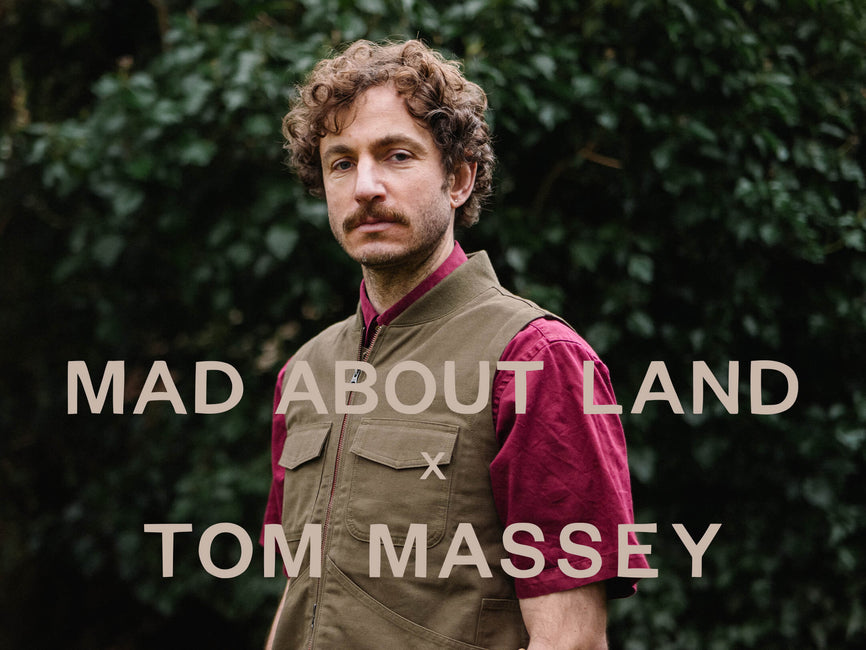An interview with MAD ambassador Tom Massey
Friend of Mad About Land award-winning gardener Tom Massey was recently featured on BBC's Gardeners World, sharing his insights on the principles of resilient gardening.
We sat down with Tom to ask some in-depth questions to help get a better understanding of this approach to biodiversity and planning ahead for climate change in our garden designs.

Can you briefly explain what resilient gardening is?
A resilient garden is one that is able to survive and recover after an extreme weather event, e.g. heatwave, drought or flooding. Also a garden that can withstand extreme conditions such as high winds or high levels of air pollution. As the climate changes the weather is becoming more wild and unpredictable so we need to design our landscapes and gardens to be adaptable and resilient in order for them to be sustainable in the long term.
What inspired you to write a book on resilient gardening?
I’ve always been intrigued by plants growing in extreme conditions, whether that is a tree growing out of a rocky cliff face, or wild flowers growing in a pile of crushed concrete. I have been designing gardens and landscapes for 10 years now and in that time I have seen how climate change is making the aftercare and sustainability of these spaces more challenging. This inspired me to research and write the book, to delve into what makes a resilient garden and share my findings with others. The other issue is biodiversity loss which is intrinsically linked. The book also focusses on how to increase biodiversity, even in a small garden, and support wildlife. The scale of these problems can feel overwhelming, and that Individually we are powerless to help. But the book enforces the message that if we all come together and make changes to the way we garden and grow, we can make a huge difference collectively.
What are the core principles of resilient gardening that you discuss in your book?
Site analysis is key, really understanding your site or garden and designing a space that is well suited to those conditions. For example if you have a shady woodland setting, getting a dry Mediterranean garden to thrive will be challenging. Or If you are on an exposed and windswept site, a sheltered woodland garden will struggle. Beth Chatto’s mantra of right plant right place really is key. Beyond planting you can look locally for materials, or utilise waste or reclaimed materials for a lighter carbon footprint. Also consider how you can share your garden with local wildlife and support and provide habitat, particularly for species under threat.

What are some of the most common challenges gardeners face when creating a resilient garden?
I think one of the main challenges is perception, that we need to have ‘tidy’ gardens with large green monoculture lawns (or artificial grass!), and clipped evergreen shrubs that provide ‘year round interest’. Perhaps we need to reframe the way we look at our garden, and relax a bit more, cutting out use of chemicals, leaving the lawn to get a bit longer to allow flowering species to bloom and provide food for pollinators, or having a wilder area of the garden that is less disturbed, embracing seasonality, cutting back late, and leaving winter shelter for wildlife.
How can resilient gardening help mitigate the effects of climate change?
The book discusses ecosystem services provided by plants, for example, trees and plants cool the air and provide shade, planted on or around buildings this can also reduce heating and cooling bills, saving carbon. Also hedges can be a useful tool for trapping particulate pollution. Plants can provide many services beyond aesthetic beauty, and these should be considered alongside the aesthetics.
For those new to the concept, what are three practical tips they can implement immediately to start building a resilient garden?
One of the most simple is to start composting, instead of buying bagged compost make your own. Keep your waste on site rather than shipping it off elsewhere, save money and enrich your soil at the same time.

Mad About Land's ethos is deeply rooted in promoting sustainable and eco-friendly gardening. How does your philosophy of resilient gardening align with this ethos?
I love that MAD’s clothes are compostable, and would return to the land if ‘planted’. This is in alignment with the ethos of the book, that we need to tread lightly and embrace a circular garden where we minimise waste and heavy input of resources.
Can you share a success story or case study from your book where resilient gardening significantly impacted a garden or community?
One of the most profound trips for me was to Domiz 1 Refugee Camp in Northern Kurdish Iraq with the Lemon Tree Trust in 2018. I was working with LTT on a garden for RHS Chelsea Flower Show that was inspired by the resilient gardens and gardeners in the camp. It was here that I witnessed truly resilient gardening first hand; people all over the camp were gardening in the harsh, dusty and dry conditions, plating trees for shade, growing plants that could withstand the conditions and utilising grey water to keep their gardens going. People told me stories of collecting seeds and cuttings of their favourite plants whilst fleeing a war zone. They expressed how important it was to take those plants with them, as a memory of home and a reminder of better times. People explained how their gardens provided food, shelter and shade, but also the simple process of gardening restored a sense of normality and order, and provided a beautiful place to spend time in. This trip really brought home to me how powerful and important gardens and gardening can be and how resilient people and plants truly are.
